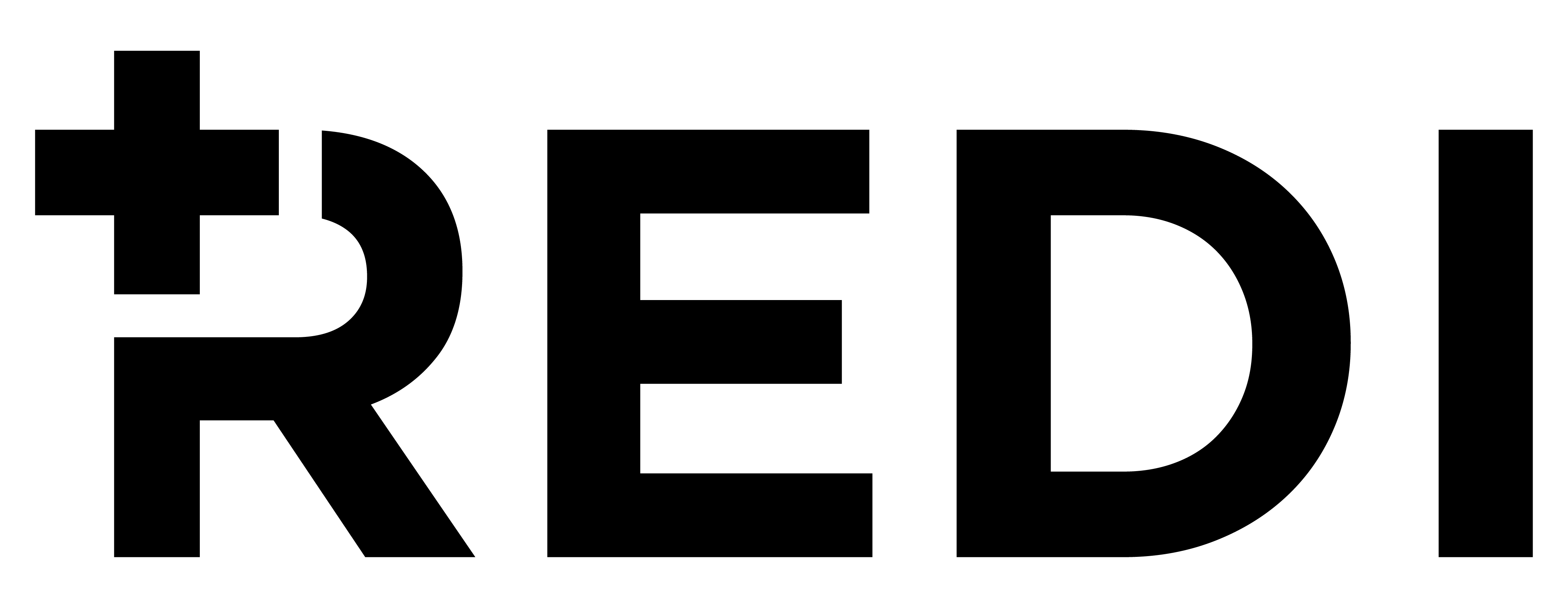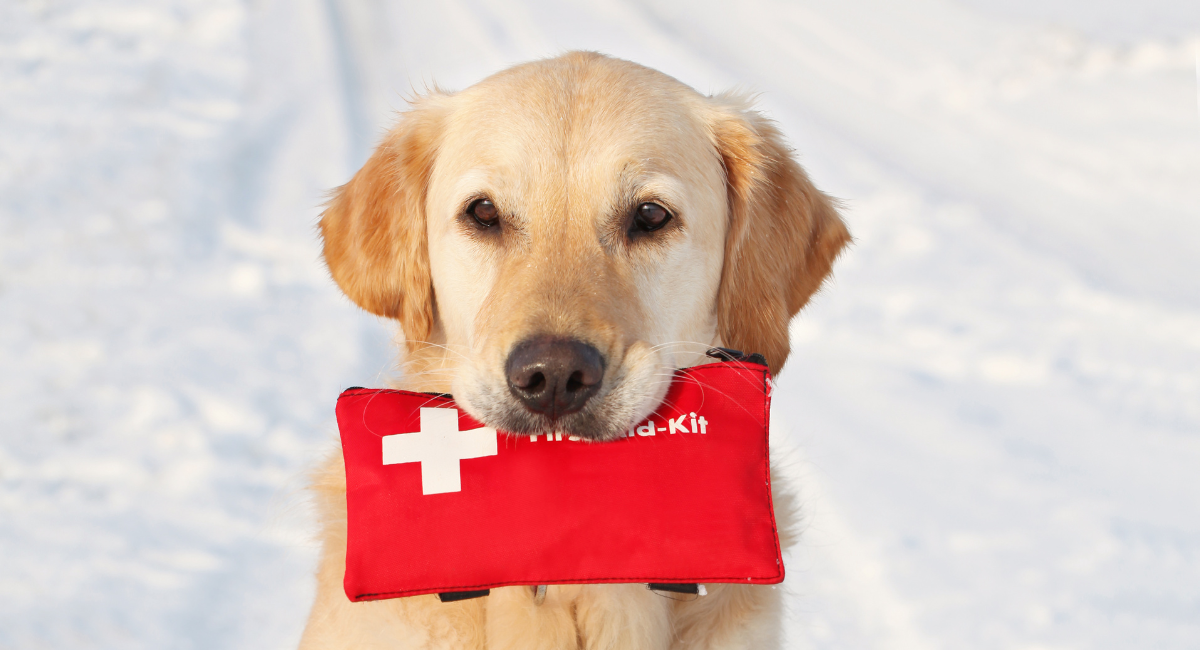A professional first aid kit is an essential tool for any workplace, school, or public place. It is a collection of supplies and equipment that is used to provide immediate and temporary care for injuries and illnesses. Having well-stocked and organized first aid cabinets or kits on hand can mean the difference between a minor injury and a serious one, or even life and death.
What is the difference between Industrial First Aid Kits and Professional First Aid Kits?
Industrial first aid kits and professional first aid kits are similar, but they are not the same thing. Both types of kits contain supplies and equipment that are used to provide immediate and temporary care for injuries and illnesses. However, there are some key differences between the two.
Industrial first aid kits are specifically designed for use in industrial settings such as factories, construction sites, and mines. These environments can have specific hazards that are different from other settings and have different needs. The kit should include additional items such as an eye wash solution, burn dressings, personal protective equipment, splinting materials, and an emergency transport stretcher.
A professional first aid kit, on the other hand, is more general-purpose and is intended for use in a variety of settings, including offices, schools, and public places. While it may contain some of the same items as an industrial first aid kit, it may not have the same level of specialized equipment and supplies.
In short, an industrial first aid kit is more specialized and it's tailored to the specific needs of industrial settings, while a professional first aid kit is more general-purpose and can be used in a variety of settings.

Adhesive bandages:
- These are a must-have in any first aid kit. They come in various sizes and are used to cover and protect minor cuts, scrapes, and blisters. It is essential to have a variety of sizes to accommodate different types and sizes of wounds.
Sterile gauze pads and adhesive tape
- Used to cover and protect larger wounds and help to stop bleeding. They are also used to hold dressings in place and to prevent infections.
Pain relievers
- These include ibuprofen, acetaminophen, and aspirin, which can help to reduce pain and inflammation associated with injuries.
Scissors and tweezers
- Essential tools for cutting and removing debris from wounds. Scissors are also useful for cutting clothing and gauze, while tweezers can be used to remove splinters and other small objects from the skin.
Disposable gloves
- Essential for protecting both the first aid provider and the person receiving care from the spread of germs and bacteria. They should be included in any first aid kit.
The Roadie
Never leave your home feeling unprepared again. The most organized, practical, and comprehensive first-aid kit for your vehicle.
See Inside
Antiseptic wipes or solution
- Antiseptics are used to clean and disinfect wounds to prevent infections. They are also useful for cleaning hands and other surfaces.
Instant cold pack
- Used to reduce pain and swelling in injuries such as sprains and strains. They are also useful for reducing fever.
CPR face shield
- Helps to protect the first aid provider during CPR. It has a one-way valve that allows the first aid provider to give breaths to the person receiving care while protecting themselves from exposure to the person's bodily fluids.
Digital thermometer
- Used to take a person's temperature. It is essential for monitoring fever and other symptoms of illness.
Disposable instant hot pack
- Used to relieve muscle pain and stiffness.
Depending on the environment, some first aid kits are designed to be portable and can be easily carried to different locations, while others are designed to be wall-mounted and stored in a central location. Regardless of whether it is a first aid box or first aid cabinet, it is critical that the first aid items stay stocked at all times.
If there are multiple departments or a large number of employees present, there should be multiple professional first aid kits prepared and easily accessible.
All individuals, for both small and large businesses, need to be briefed on where they can find these first aid boxes and how they can use the items inside.
Industrial First Aid Kits: Essential Items
Industrial first aid kits are a specialized type of first aid kit that is designed for use in industrial settings such as factories, construction sites, and mines. These kits should include the following items:

- Adhesive bandages (various sizes)
- Sterile gauze pads and adhesive tape
- Scissors and tweezers
- Disposable gloves
- Antiseptic wipes or solution
- Instant cold packs
- Disposable breathing barriers (for CPR)
- CPR face shield
- Digital thermometer
- Disposable instant hot pack
- Eye wash solution and eye pads
- Splinting materials (such as triangular bandages, SAM splints, or air splints) for immobilizing fractures and sprains
- Burn dressings for treating burns
- Personal protection equipment (such as face shields, goggles, and respirators)
- Resuscitation equipment (such as a manual resuscitator or a pocket mask)
- A first aid manual or quick reference guide
- A list of emergency contact numbers
- A flashlight and a whistle
- A blanket or a space blanket
- An emergency transport stretcher or spine board.
Every industrial first aid kit must be clearly labeled and easy to access, and the first-aid trained personnel should be aware of its location and contents. As well as, the contents should be regularly checked and restocked, and the expiration date of medications should be monitored.
What is the legal requirement for first aid kits at work?
The legal requirements for first aid kits at work vary depending on the country, state, and type of industry. However, in general, employers are required to provide a safe and healthy work environment for their employees, which includes having appropriate first aid equipment and supplies on hand.

What does OSHA require in a first aid kit?
OSHA (Occupational Safety and Health Administration) does not specifically require employers to provide first aid kits in the workplace and does not have specific regulations for what should be included in a first aid kit.
However, OSHA does require employers to provide "adequate" first aid for people in the workplace. The specific requirements for first aid in the workplace are outlined in OSHA's Bloodborne Pathogens standard (29 CFR 1910.1030) and the General Duty Clause of the Occupational Safety and Health (OSH) Act.
Under the Bloodborne Pathogen standard, employers are required to have "immediately available" appropriate first aid supplies, such as personal protective equipment (PPE) and wound care supplies, to address potential exposure to bloodborne pathogens.
The General Duty Clause states that employers must provide a workplace that is "free from recognized hazards that are causing or are likely to cause death or serious physical harm" to employees. This means that if an employer knows or should know that certain types of injuries or illnesses are likely to occur in their workplace, they must take appropriate measures to address those hazards, including providing appropriate first aid supplies.
In general, OSHA requires that first aid kits be clearly labeled and easily accessible. OSHA also requires that all employees be trained in the proper use of the first aid kit and that first aid providers should be trained in basic first aid, cardiopulmonary resuscitation (CPR), and the use of automated external defibrillators (AEDs).
Large and small businesses are also recommended to include a written emergency action plan that includes procedures for emergency medical services, first aid and emergency evacuation, and emergency contact numbers.

The Roadie Pro
Includes the Roadie and our Stop The Bleed, quick release trauma pack. Contains the most important, life saving items, in a design that ensures quick and instant access. Adhered to the Roadie with a secure, molle webbing attachment system.
See InsideIn addition, some states may have their own regulations regarding first aid kits in the workplace. Employers should check with their state's OSHA office for specific requirements.
It's important to note that for public places and schools, it also depends on state regulations, but it is always recommended to have a first aid kit in these places.

ANSI - Class A, B, and C First Aid Kits
OSHA does not have specific regulations for what should be included in a first aid kit, but the American National Standards Institute (ANSI) has developed a standard for first aid kits, specifically ANSI Z308.1-2015, which establishes guidelines for what should be included in a first aid kit based on the number of employees and the type of work being performed.
The standard divides first aid kits into three classes: Class A, B, and C, with Class A being the most comprehensive and Class C being the least comprehensive.
Class A Kits
- The most comprehensive. Include a comprehensive selection of first aid supplies that are intended for use in environments where a large number of employees are present or where the risk of injury is high. Class A kits are designed to treat the most common types of workplace injuries and emergencies.
- Examples of environments where a Class A first aid kit would be appropriate include:
- Large offices or retail establishments
- Construction sites with a high risk of injury
- Factories and heavy manufacturing facilities
- Oil and gas rigs
- Mines
- High-risk workplaces such as power plants and chemical factories
- Hospitals and clinics
- Large hotels and event venues
Due to the high risk that these environments present, the durability and functionality of these kits are imperative. Businesses should choose a first aid kit that is heavy duty, waterproof, crushproof, and shockproof. Why? Well, if you have an industrial first aid kit on a messy construction site and it happens to get run over, you need to be certain that the products inside are still usable. We suggest steering away from metal or plastic cases and sticking to a case made with copolymer polypropylene.
Class B Kits
- Intended for use in environments where a moderate number of employees are present or where the risk of injury is moderate.
- Examples of environments where a Class B first aid kit would be appropriate include:
- Small to medium-sized offices or retail establishments
- Construction sites with a moderate risk of injury
- Light manufacturing facilities
- Schools and daycare centers
- Restaurants and small hotels
Class C Kits
- The least comprehensive. Intended for use in environments where a small number of employees are present or where the risk of injury is low.
- Examples of environments where a Class C first aid kit would be appropriate include:
- Small offices or retail establishments
- Low-risk workplaces such as libraries or museums
- Home offices
- Small personal service settings such as hair salons or barbershops
It's important to note that OSHA regulations take precedence over ANSI standards, and OSHA may cite an employer for failing to provide appropriate first aid equipment and supplies even if the employer is in compliance with the ANSI standard.
To that point, employers need to be aware of both OSHA regulations and ANSI standards when determining the contents of their first aid kits.

Type I, II, III, and IV First Aid Kits
Type I, II, III, and IV first aid kits are different classes of first aid kits that are defined by the Occupational Safety and Health Administration (OSHA) and the American National Standards Institute (ANSI). Both OSHA and ANSI use similar criteria to classify first aid kits, but the specific contents of each class of kit may vary slightly.
Type I first aid kits are similar to ANSI Class C kits, which are designed for small workplaces with low risk of injuries. Type II first aid kits are similar to ANSI Class B kits, which are designed for moderate-sized workplaces with moderate risk of injuries. Type III first aid kits are similar to ANSI Class A kits, which are designed for large workplaces with a high risk of injuries.
Type IV first aid kits are specialized kits that are used in specific industries such as construction, mining, and oil rig where advanced medical equipment is required.
Type I, II, III, and IV first aid kits and Class A, B, and C first aid kits are different classes of first aid kits that are defined by OSHA and ANSI, respectively. Both are based on the number of employees and the risk of injury in the workplace, but the specific contents of each class of kit may vary slightly.
The Roadie Pro +
More than a first aid kit. When we were developing our Roadie collection, we wanted to make sure that there was an option for everyone, and that meant making one that could withstand pretty much anything.
See Inside






